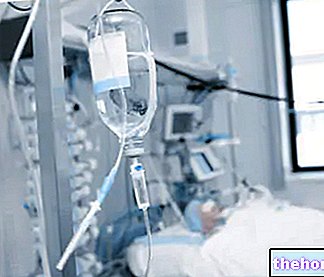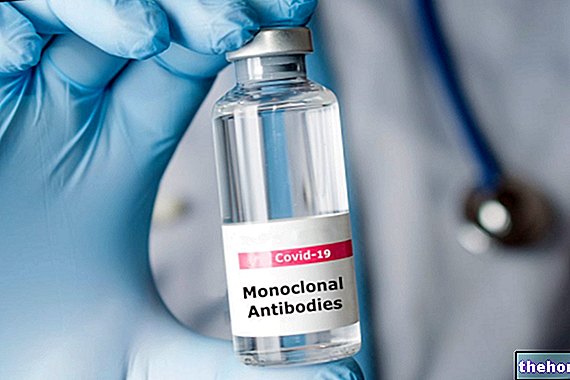
If in some circumstances the bite does not cause particular damage, in other situations, the attack of this small spider can lead to the appearance of very serious consequences.
For this reason, the bite of a violin spider - as well as the bite of any other spider - should not be underestimated, even when no symptoms of any kind apparently appear. The symptoms, in fact, can be revealed even a few hours after the bite. Clearly, to be sure that it is the bite of a violin spider it would be advisable to be able to see the arachnid during the attack and be able to identify or capture it. Unfortunately. however, this is not always possible and the diagnosis is made exclusively on the basis of the visual assessment of the skin lesion and on the analysis of the symptoms presented and described by the patient.
Due to the consequences to which its bite can lead, in Italy, the violin spider is considered - together with the malmignatta or Mediterranean black widow - a species of medical importance for man.
it is a symptom that always appears, generally after 30-60 minutes from the attack. The painful stimulus can manifest itself locally, in the point where the spider gave the bite, as well as it can extend to the entire limb (in case of bites on hands, feet, arms and legs) or surrounding areas.
Slight Symptoms
In milder cases, usually, symptoms similar to those induced by bites or stings from insects or other arachnids occur alongside the pain. Among these symptoms, we remember:
- Irritation;
- Redness;
- Swelling;
- Appearance of erythema;
- Burning and tingling;
- Itching.
Even if the symptoms are not particularly serious, it should be noted that the violin spider bite can give rise to a skin lesion that struggles to resolve and takes a long time to heal.
Severe Symptoms
In the most serious cases - fortunately not very common - however, much more severe symptoms can occur not only in the site where the spider has bitten the individual, but also at a systemic level.

In this case, we speak more properly of loxoscelism, a syndrome that manifests itself at the cutaneous and systemic level induced by the spider's venom. The first symptoms of loxoscelism can appear as early as 10-20 minutes after the bite.
The skin symptoms that occur in such cases are characterized by the appearance of:
- Burning pain
- Swelling and redness
- Itching;
- Burning and tingling;
- Decreased sensitivity in the affected area.
After a few hours, at the site where the violin spider gave the bite, a blister appears surrounded by an "area of livid or whitish skin in turn surrounded by an" area of erythematous skin. Sometimes, the aforementioned bladder ruptures thus originating an "ulcer, which results in the formation of a" eschar (necrotic lesion).
At a systemic level, however, loxoscelism is characterized by the appearance of:
- High fever;
- Nausea and vomit;
- Chills;
- Myalgia and arthralgia;
- Headache;
- Hemolysis and thrombocytopenia.
Furthermore, in the most serious cases, loxoscelism can lead to the appearance of: cardiac arrhythmias, renal failure, hypertensive crisis, confusion, loss of consciousness, coma and death.




























